When we talk about climate change, the usual suspects often dominate the conversation: melting ice caps, rising sea levels, and endangered polar bears.

While these are undeniably critical issues, there are other, equally alarming aspects of climate change that don’t receive nearly as much attention. These are the ones that tend to get brushed aside because they’re complex, frightening, or just too overwhelming to face. However, ignoring them doesn’t make them go away. If anything, it leaves us even more vulnerable.
There’s a looming threat of climate tipping points.

Imagine a row of dominoes. Push one, and the rest follow. In the context of our planet’s climate, certain systems operate in much the same way. These are known as “tipping points” – thresholds where a small change can cause a domino effect of irreversible shifts.
Recent research indicates we might be worryingly close to crossing several of these. The Atlantic Meridional Overturning Circulation (AMOC), for instance, which plays a key role in regulating weather patterns in Europe, is weakening. If it collapses, it could cause widespread droughts in the Sahel region of Africa, increase storms in Europe, and drastically alter monsoon patterns in South Asia.
Meanwhile, the Greenland ice sheet is melting faster than expected, per The Guardian. If it passes a tipping point, it could disappear entirely over time, contributing several metres to sea-level rise. That’s not just a problem for faraway coastal communities; it has direct implications for low-lying areas of the UK too.
Economic shocks we’re not prepared for are likely coming our way.

We often talk about the environmental costs of climate change, but the financial side of things is just as troubling. An Australian study recently projected that if the planet warms by 4°C, the average person could see a 40% drop in income. That’s a massive hit to economies worldwide, not just for developing nations.
Insurers are already pulling out of high-risk areas because the cost of rebuilding after floods, fires, and storms is becoming too great. Allianz, one of the world’s biggest insurers, recently warned that climate change could trigger a collapse in global financial systems. That’s not a hypothetical concern; it’s a very real possibility.
The full range of health threats isn’t even fully known yet.
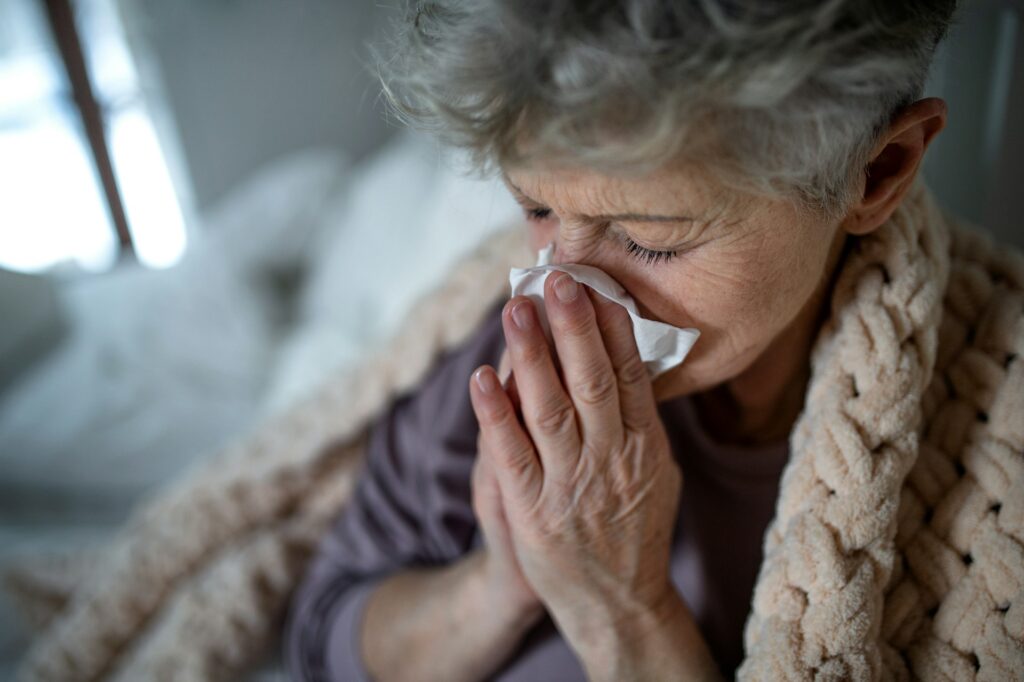
Yes, extreme heat is dangerous, and it’s killing more people than it used to. But that’s only scratching the surface. Rising temperatures are changing the patterns of infectious diseases. Warmer winters mean ticks survive longer, increasing the risk of Lyme disease in parts of the UK that previously never saw it.
Floods increase the risk of waterborne illnesses and create the perfect breeding grounds for mould, which can exacerbate asthma and other respiratory conditions. And then there’s the mental health toll. People who live through wildfires, floods, or repeated evacuations face increased rates of anxiety, depression, and PTSD. It’s not just a physical health issue; it’s an emotional and psychological one too.
The knock-on effects across ecosystems are serious business.
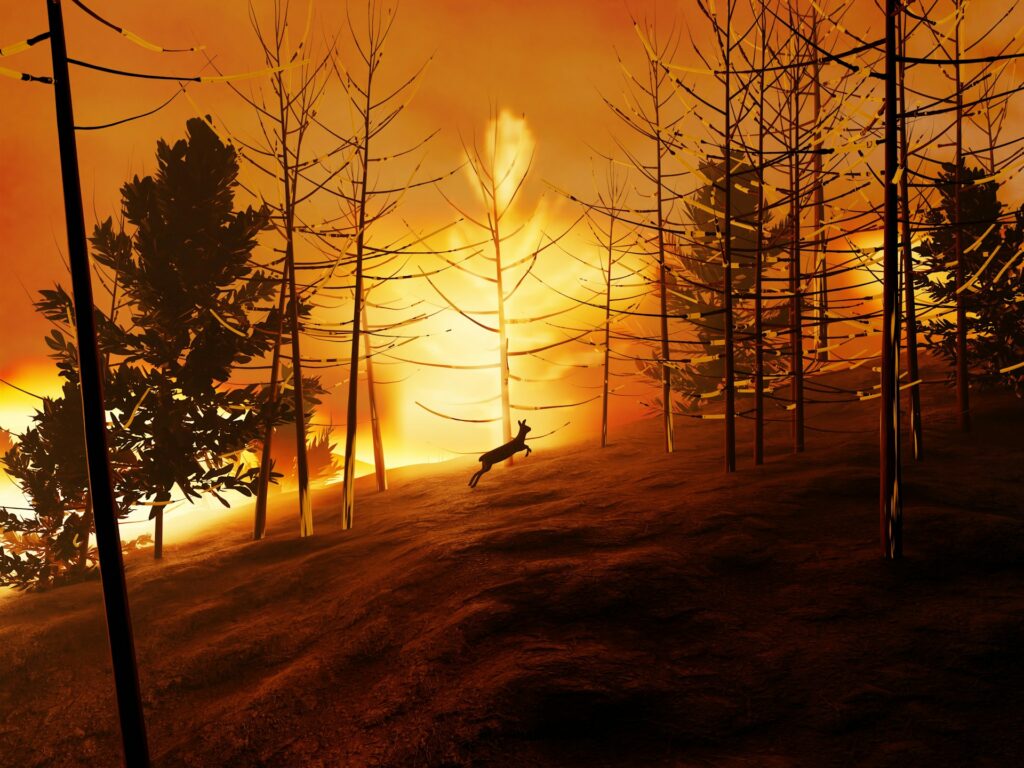
We like to think of environmental problems in neat categories, but the truth is everything is connected. When forests burn, it doesn’t just destroy trees – it affects air quality, displaces animals, and releases massive amounts of carbon back into the atmosphere.
Deforestation in the Amazon doesn’t just impact the region; it changes global rainfall patterns and reduces the world’s ability to absorb carbon. Melting permafrost doesn’t just signal warming—it releases methane, a greenhouse gas far more potent than carbon dioxide. These feedback loops make everything worse, and they can escalate quickly.
Ocean acidification is the quiet killer.
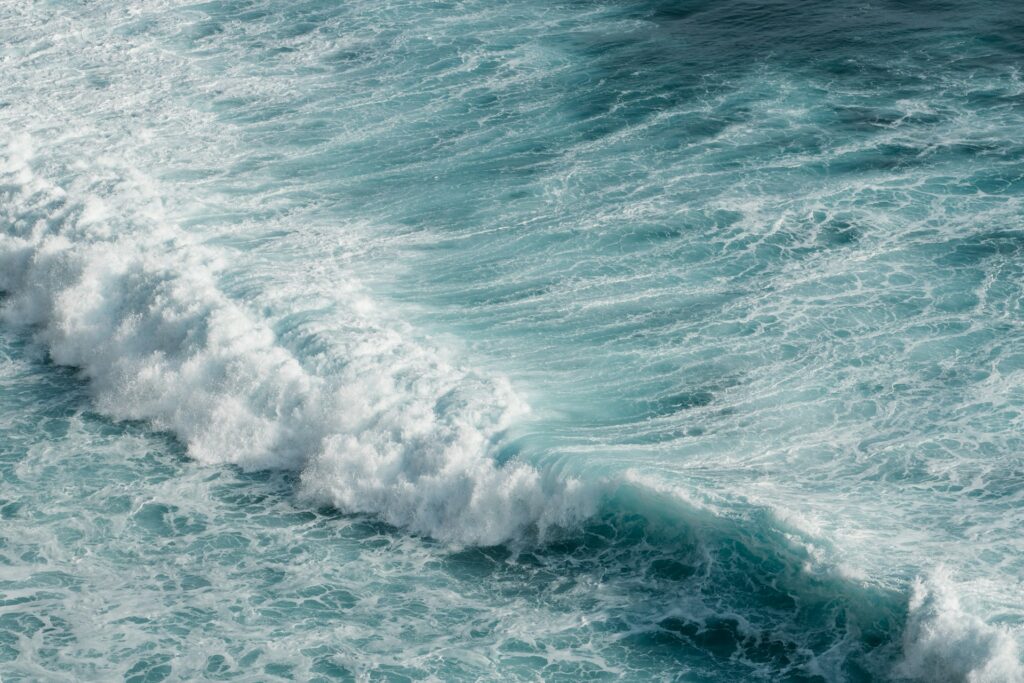
You don’t hear much about ocean acidification, but it’s one of the most unsettling parts of climate change. As the oceans absorb more CO2, their pH levels drop, making the water more acidic. This change threatens everything from coral reefs to shellfish, which struggle to build their shells in more acidic waters.
The problem is, those species form the base of the marine food web. If they go, the ripple effects could be catastrophic. Fisheries could collapse, affecting global food supplies and economies that rely on the sea. And no, it’s not happening centuries from now. It’s already underway.
Permafrost melt is accelerating climate change.

There’s an enormous amount of carbon locked in the frozen soils of Siberia, Alaska, and Canada. As the permafrost melts, that carbon gets released in the form of methane and CO2, both of which trap heat in the atmosphere. This is another example of a feedback loop – the more the planet warms, the more greenhouse gases get released, which causes even more warming. And the scariest part? There’s no going back. Once that carbon is released, we can’t put it back in the ground.
Freshwater systems are under threat.
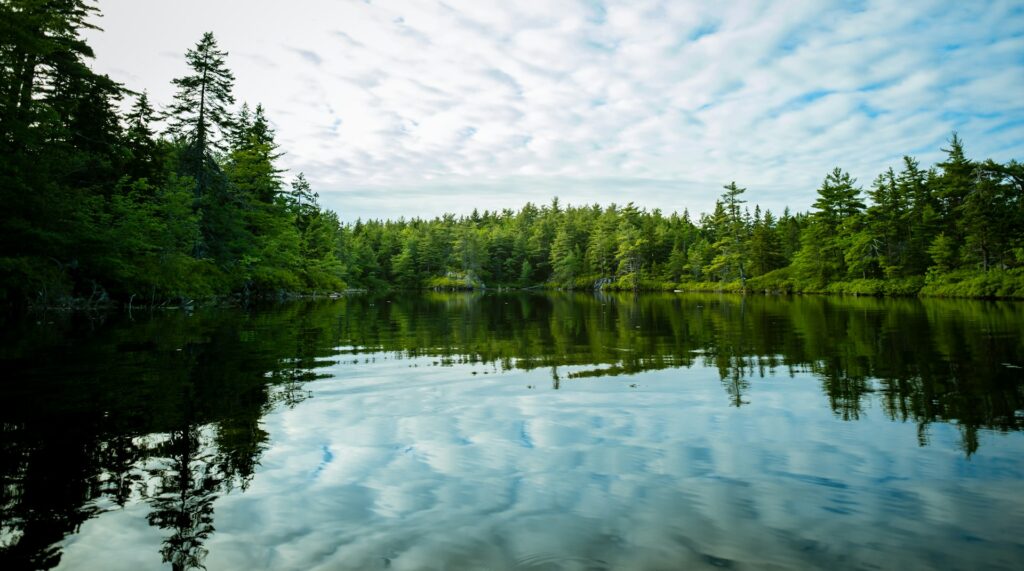
Climate change isn’t just about having more water in the wrong places (floods) or less water in the right places (droughts). It’s also disrupting the availability of safe, clean freshwater. That’s a massive issue for agriculture, sanitation, and everyday life. Even in the UK, the Environment Agency has warned that we could run out of water in some areas within the next 20 years if nothing changes. The southeast in particular is at risk due to a growing population and drier summers.
Climate migration could destabilise entire regions.
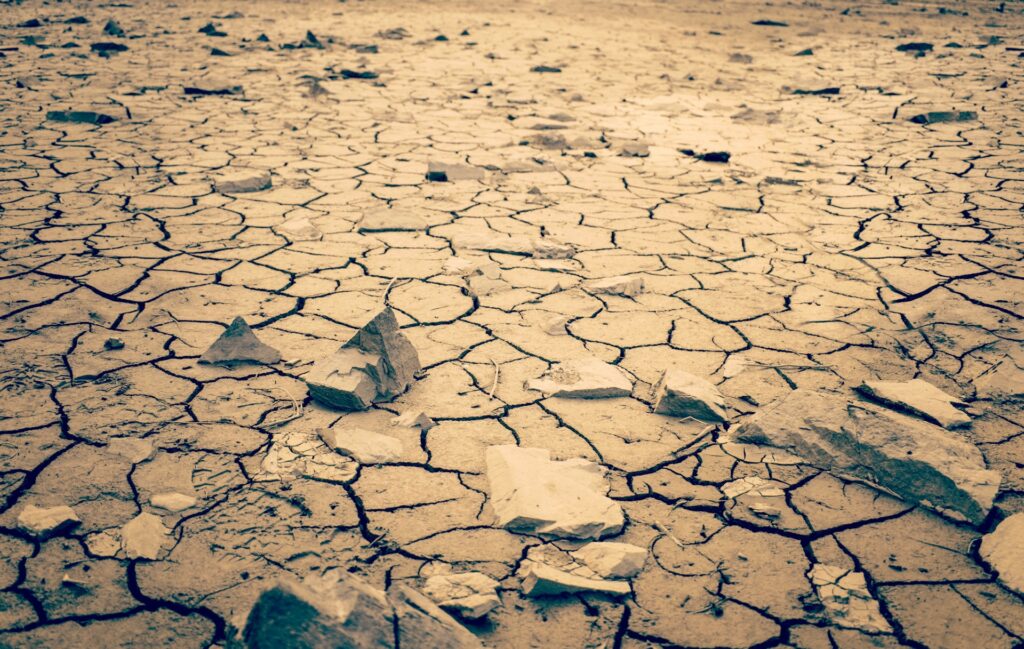
When land becomes too dry to farm, or flooding becomes constant, people move. We’re already seeing climate-linked migration in parts of Africa, Asia, and Latin America. As the problem worsens, it could displace millions, possibly billions, of people worldwide. This isn’t just a humanitarian issue – it’s a geopolitical one. Sudden influxes of climate refugees can cause political tensions, strain infrastructure, and lead to civil unrest. Countries like the UK need to start planning now for how to respond, both with aid and with policy.
There’s a lot of false confidence in quick fixes.

There’s a lot of talk about geoengineering – things like injecting particles into the atmosphere to reflect sunlight or artificially altering weather systems. While it might sound promising, it’s not a silver bullet. These methods are largely untested, carry serious ethical questions, and don’t address the core problem: our reliance on fossil fuels.
Putting faith in flashy solutions could end up delaying the real work that needs to be done, like transitioning to renewable energy, reducing consumption, and protecting natural carbon sinks like forests and wetlands.
Uncertainty is the hardest part.
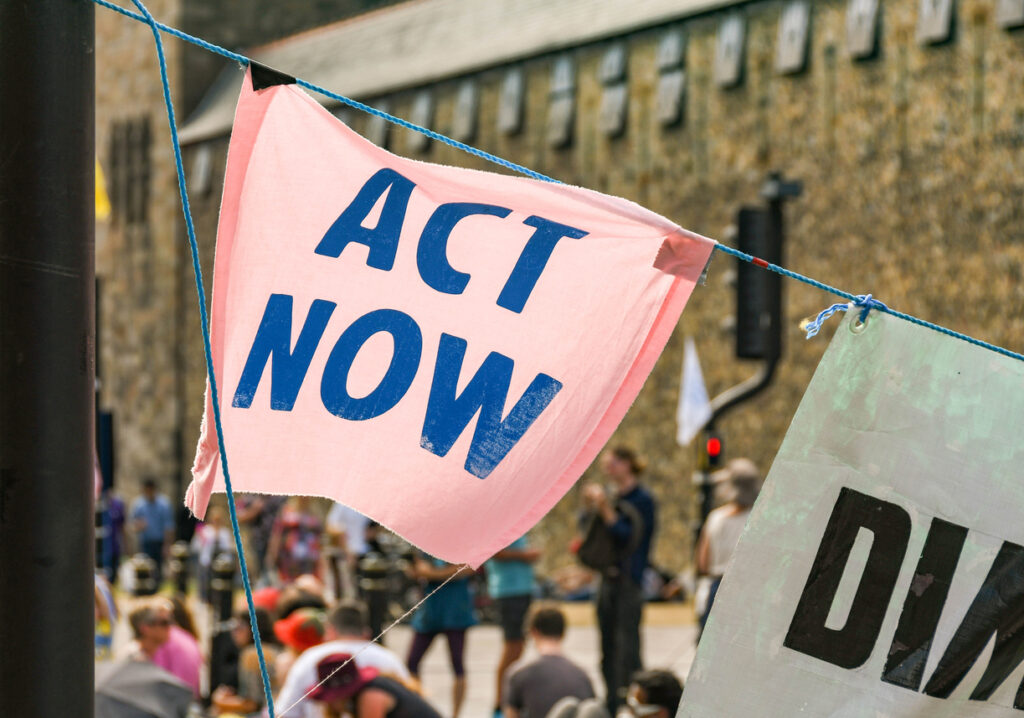
Perhaps what makes climate change so frightening is that we don’t know exactly how it’ll unfold. Scientists are constantly updating their models, and while the broad strokes are clear, the specifics aren’t. That uncertainty makes it easy for governments to stall and for people to feel helpless. Of course, uncertainty isn’t an excuse to do nothing. If anything, it should push us to act faster. We know enough to be worried. And we know what needs to change. The sooner we face the scarier parts head-on, the better our chances of shaping a future we can actually live with.